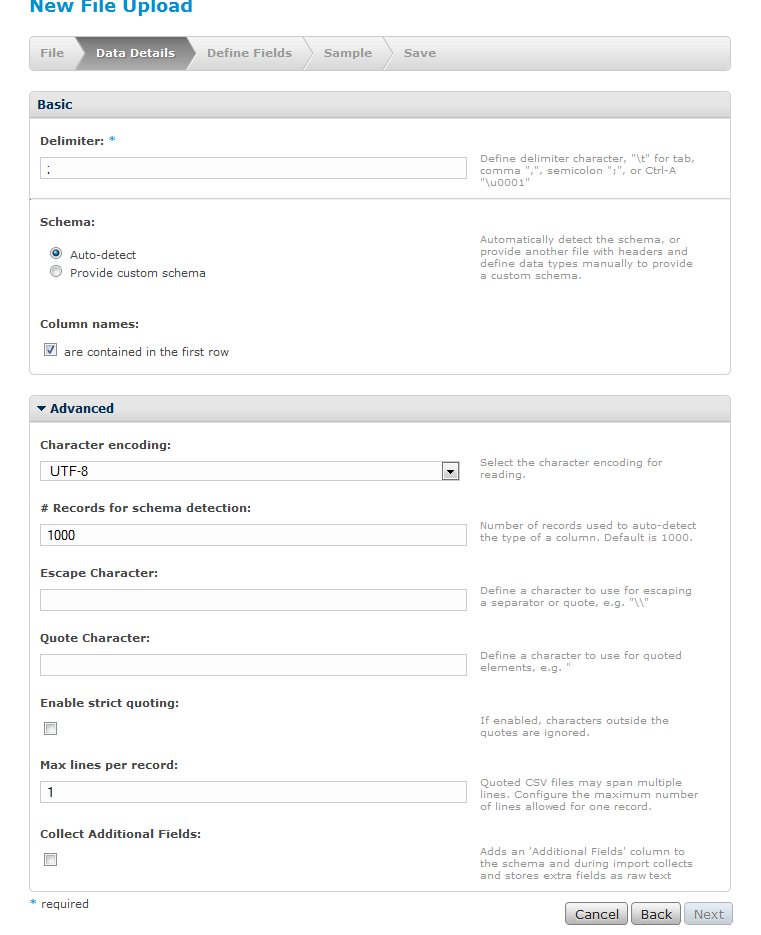If you ever tried to use a tool for price comparison between two or more products of different online shops you definitely came in contact with the limitations that were imposed by such platforms. Usually this kind of apps work by periodically crawling a number of sites and periodically updating a certain product/price table. This is not very useful for users who want to choose products from various shops in different geographical areas or from smaller sites that haven’t been crawled by that certain app.
Now, maybe it’s a bit early to talk about the capabilities of this next product but it’s rounding up nice and can be a real help for finite consumers around the world and even for market analysts, and the best part is that it’s completely free, and with no commercials either. PriceAlert wants to be a new solution for measuring prices from various sites. Until now there’s nothing amazing but the technology behind allows users to compare prices on any ecommerce platform all over the world, because unlike other similar platforms limited to a number of well defined shops it uses an algorithm that automatically extracts data like specifications of that certain product or of course price and availability.
For now, only a beta version is available but new features are programmed to come up starting very soon. Useful proprieties like an email alert when a certain price has changed or statistics over the change in price for a period of time will be available, not to mention the capability of exporting the data gathered into various useful formats like excel or CSV.
So we think there’s no reason for you not to check out this interesting new toy and maybe leave a review in case that you feel so. You can find it here at the address //thewebminer.com/pricealert/ and we hope that together we can bring one more interesting tool to the use of people who need it.



